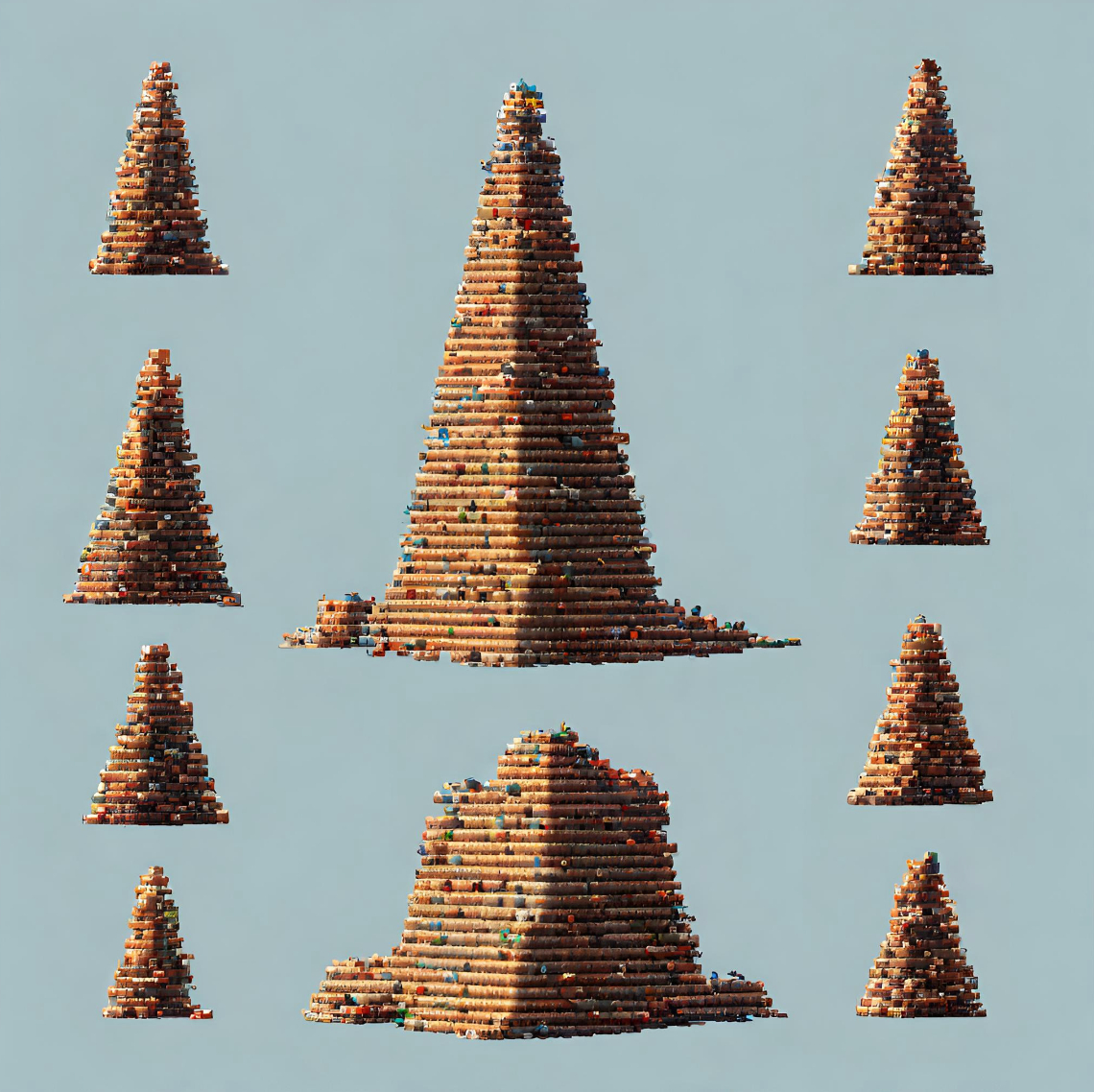Temporal Hierarchies of Regular Languages: How We Classified Languages
by
January 30th, 2025
Audio Presented by

Hierarchy's nested framework organizes and allocates, channeling power and responsibility with clarity and purpose.
Story's Credibility

About Author
Hierarchy's nested framework organizes and allocates, channeling power and responsibility with clarity and purpose.